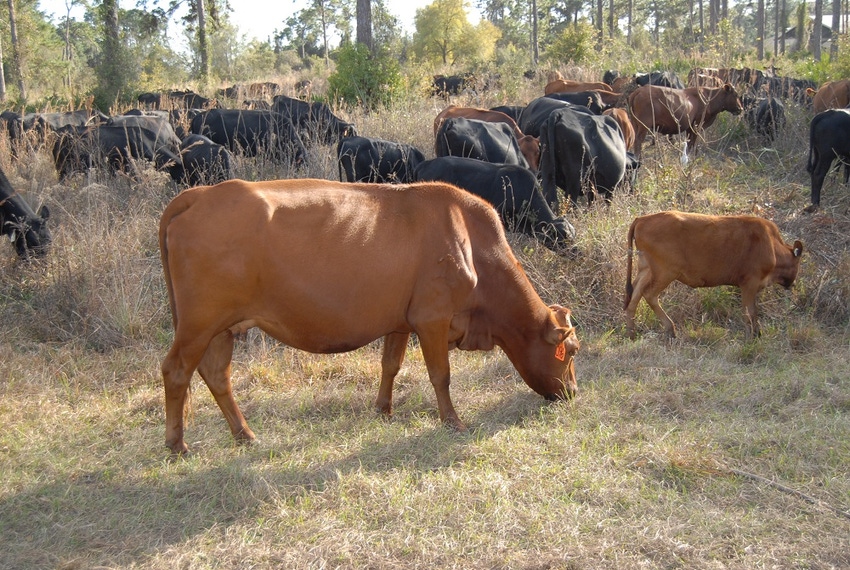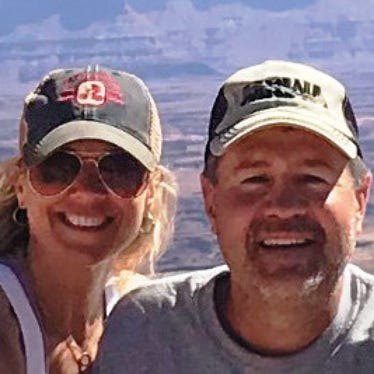
Recently I gave a talk on agriculture and its effect on water quality, and while the crowd seemed interested in what I said, it was my demonstration that really captured their attention.
The event was attended by some EPA federal employees, as well as representatives from state government agencies who work in water quality.
In my demos I used two samples of the exact same soil type, with one being conventionally farmed with heavy tillage and one with no-till and cover crops. I set this up with a small amount of these soil types in a small plastic container with holes in the bottom. Above each one another container with holes simulates rain on the soil. The water runs through this soil into a catch pan on the bottom. This takes about half an hour, which is about the time I had to present.
Once there is water in the bottom containers, I dipped a nitrate strip into each container of water. With the two soils used, the conventional-tillage strip had 50 ppm of nitrates and the one using good soil health principles had .05 ppm. For water to meet requirements of the Safe Drinking Water Act, nitrates must be below 10 ppm. This had a profound impact on the crowd! Seeing is believing.
The rainfall simulator is another tool that amazes me each time I see it. The difference in runoff and infiltration between conventional hay or crop land and land managed for good diversity and soil health principles is astounding. What is often the hardest for many to comprehend is the hay fields have the same amount of runoff as conventional, tilled crop fields.
I have seen many crowds change their beliefs after seeing the results of runoff on their soil with certain farming practices.
We can do similar demonstrations, big and small, to not only show someone a new way but to prove or disprove things on our own operations. For example, infiltration rings are an amazing way to see how compact our soil is and how much rainfall we can infiltrate in a certain amount of time.
We can use a shovel to dig out soil and see the texture and how compact it is. Using a shovel is also a very easy way to check for soil life such as earthworms and other critters that we need to inhabit our soil.
Exclusion or inclusion zones in a grazing operation are another way to see how different types of management can affect quality. Fencing small areas out to give much more rest or areas with very high stock density can show the results of different management types without having to use a large area. Personally, I have started experimenting with cattle in wooded areas to see how these areas respond to heavy and light grazing.
Many of us have attended events and seen cool demonstrations such as I've mentioned here, but how many have gone home and done their own? I can tell you from experience it can be very humbling to see how much is needed to improve the land after doing some of these.
Try them and have fun. Seeing is believing!
About the Author(s)
You May Also Like






